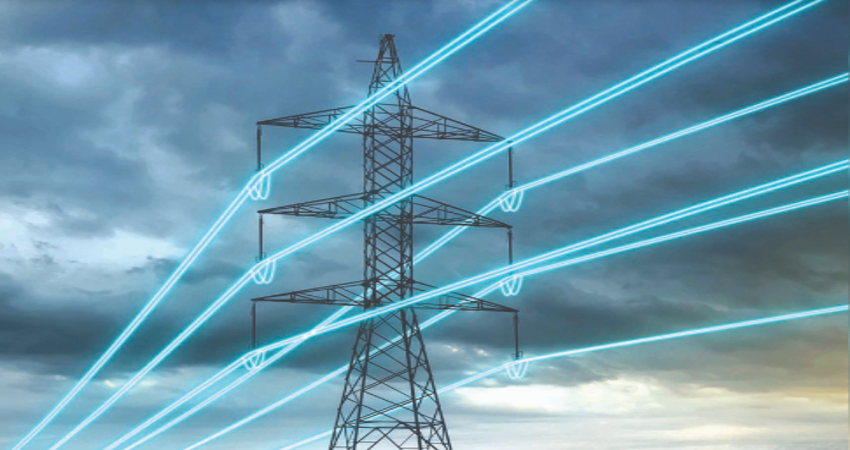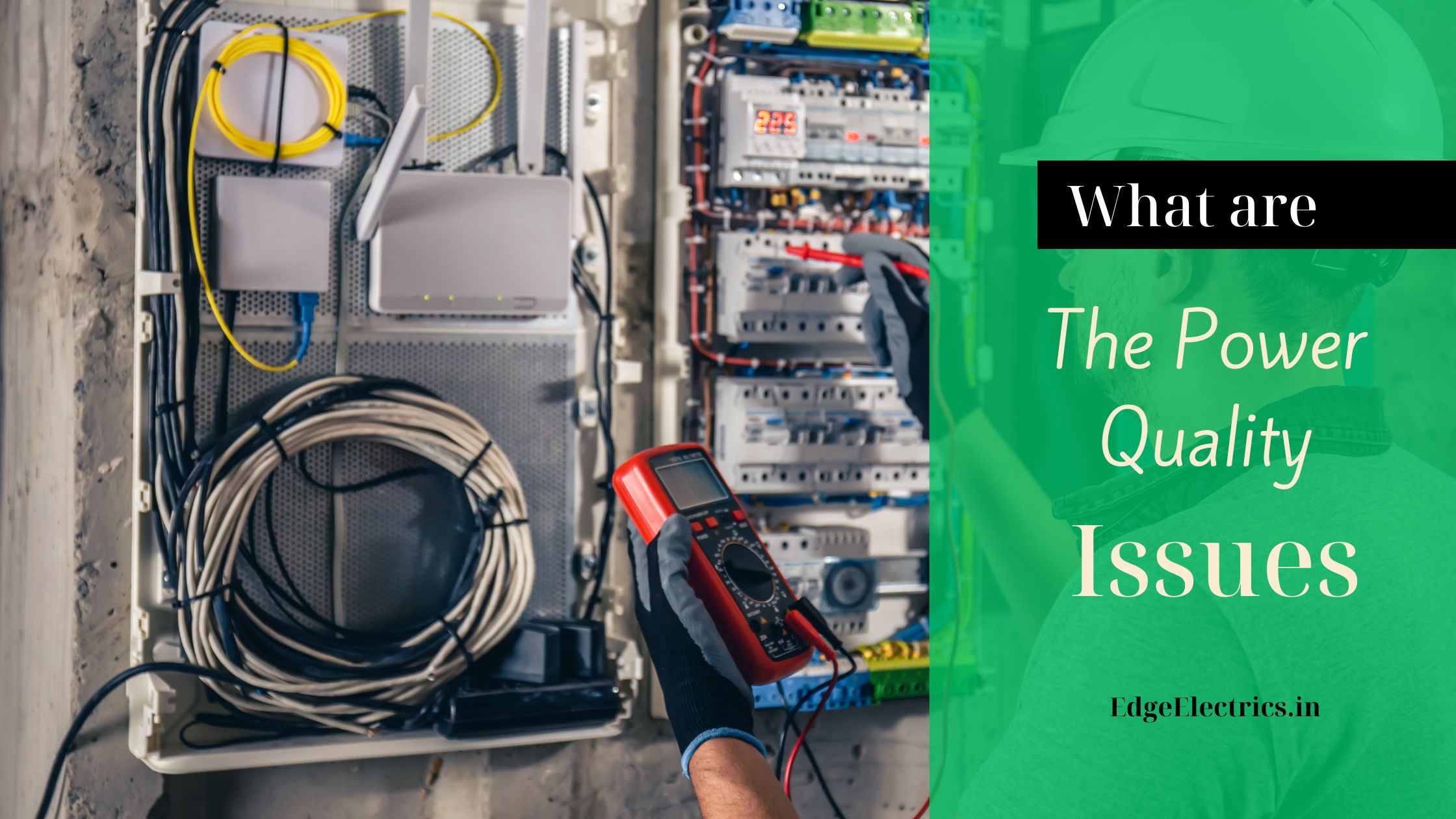
Components of Power Quality Standards are essential guidelines. It’s confirm electrical systems operate efficiently and do no harm to equipment, utilities, or consumers. As modern industries and technologies depend heavily on reliable and stable power supplies.Maintaining good power quality has become a critical aspect of electrical engineering.
But what exactly are the main components of power quality standards? Let’s dive into the key elements that define these standards.
Main Components of Power Quality Standards
1. Voltage Quality
The consistency and stability of the voltage delivered to consumers is called voltage quality. It is crucial for maintaining the proper function of electrical devices. Any significant variation in voltage can lead to malfunction or even permanent damage to sensitive equipment. Voltage quality can be influenced by factors like sags (momentary voltage drops), swells (brief voltage rises), and long-term overvoltage or undervoltage conditions.
- Voltage Sags: Short dips in voltage, often caused by large motor startups or short circuits.
- Voltage Swells: Temporary increases in voltage levels, which can damage sensitive devices.
- Voltage Flicker: Rapid changes in voltage that cause lights to flicker and may affect equipment performance.
2. Harmonics
Harmonics are distortions in the waveform of the power supply, often generated by non-linear loads such as computers, variable speed drives, and other electronic devices. These distortions can cause overheating in transformers, motors, and capacitors, leading to premature failure of electrical systems. Power quality standards specify allowable limits for harmonic distortion to protect both equipment and the grid.
- Total Harmonic Distortion (THD): A measure of the level of harmonic distortion in a system. Lower THD levels are typically required for high-quality power delivery.
3. Frequency Stability
The frequency of the electrical power supply must remain stable to confirm that equipment operates as designed. In most countries, the standard frequency is either 50 Hz or 60 Hz. Deviations from this frequency, even by a small margin, can lead to inefficient performance or damage to equipment such as clocks, motors, and industrial machinery.
- Frequency Variations: Fluctuations in the frequency can result from sudden changes in load or generation imbalances within the power grid.
4. Power Factor
Power factor measures how efficiently uses the electrical power. It is the ratio of real power to apparent power (the combination of real power and reactive power, which does not perform any useful work but is necessary to maintain voltage levels). A low power factor refers to inefficient power usage and can lead to higher electricity costs and increased strain on the power grid. Power quality standards set limits on acceptable power factor values to encourage efficient energy usage.
- Improving Power Factor: This is often achieved using capacitors or power factor correction devices that help optimise the load on the electrical system.
5. Transient Overvoltages
Transients are sudden, brief spikes in voltage that can occur due to lightning strikes, switching operations, or faults in the grid. These spikes can be harmful to both consumer equipment and the power system itself. Power quality standards specify how to mitigate the risks posed by transients through proper insulation, grounding, and surge protection devices.
- Surge Protection: Devices that protect equipment from damaging voltage spikes caused by transients.
6. Unbalance
In a three-phase electrical system, balance between the phases is essential for optimal performance. An unbalanced system, where one or more phases carry more or less load than others. It can lead to inefficient operation, overheating, and damage to equipment such as motors and transformers. Power quality standards provide guidelines on the acceptable level of phase unbalance.
7. Flicker
Flicker assigns visible fluctuations in lighting intensity because of the rapid changes in voltage. Power quality standards ensure that flicker remains within acceptable limits. For avoid discomfort for consumers and prevent damage to sensitive equipment.
Conclusion
Power quality standards play a crucial role in maintaining the efficiency, reliability, and safety of electrical systems. The main components of these standards are voltage quality, harmonics, frequency stability, power factor, transient overvoltages, unbalance, and flicker. Serve as guidelines for both power utilities and consumers to assure the consistent and safe delivery of electrical power.
By adhering to these power quality standards. Businesses can prevent costly downtime, improve the lifespan of equipment. It also contributes to the overall reliability of the electrical grid. Whether you’re managing industrial systems or residential power. You miust understand these components is key to maintaining optimal power quality in any setting.
continue reading
Related Posts
Power Quality Disturbances are voltage sags, swells, spikes, fluctuation and […]
Maintaining Good Power Quality includes several important characteristics such as […]
Ensuring good power quality is crucial in electrical systems. As […]



